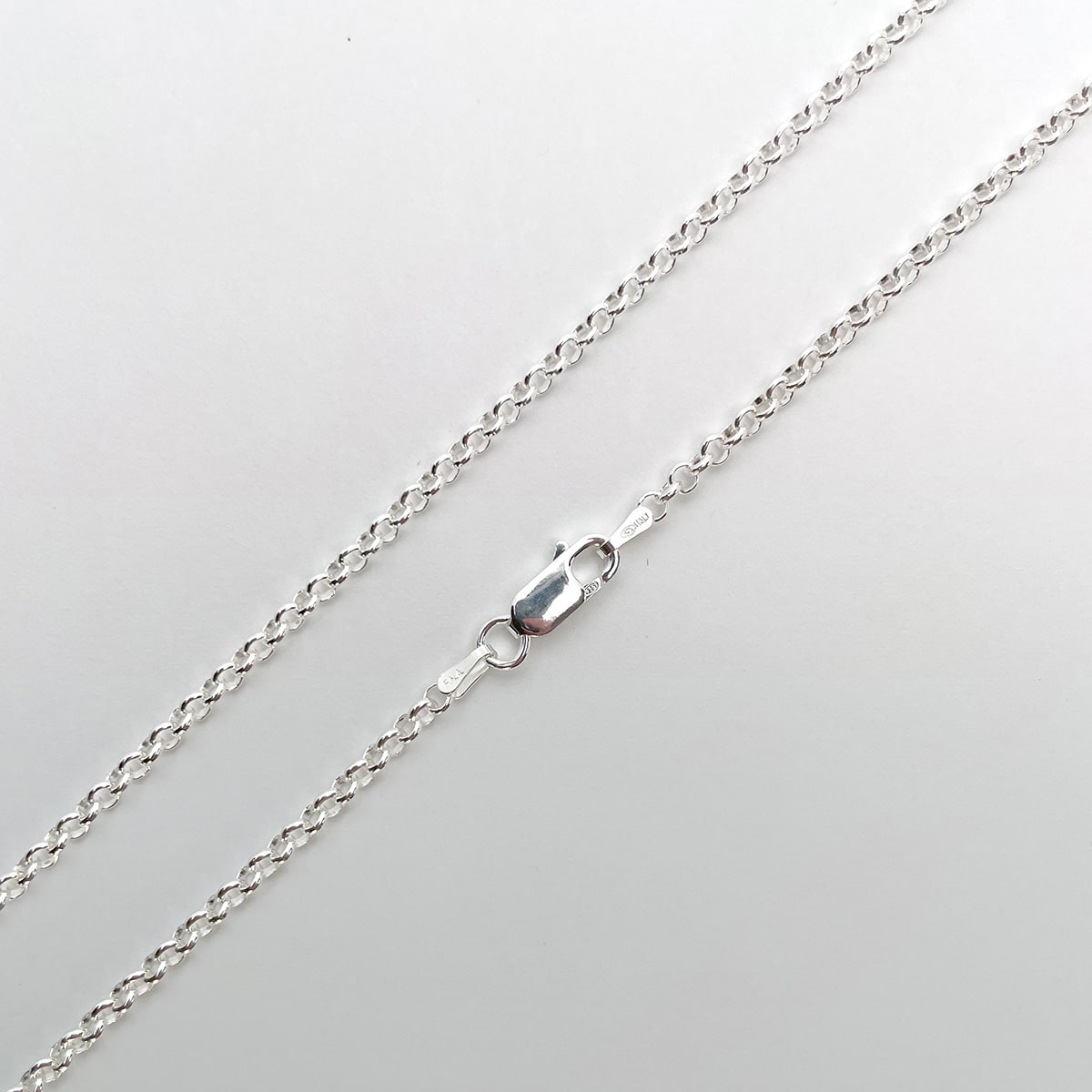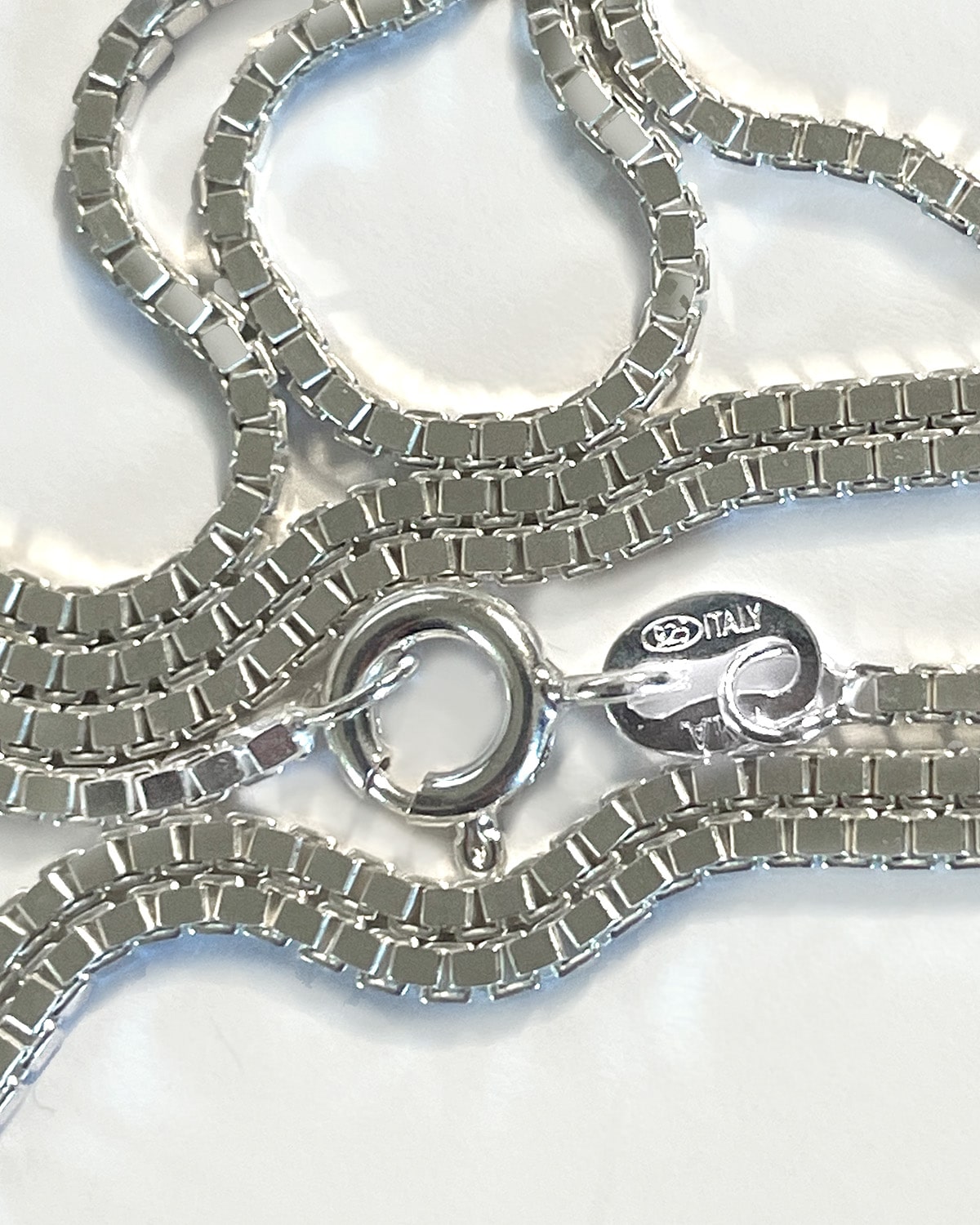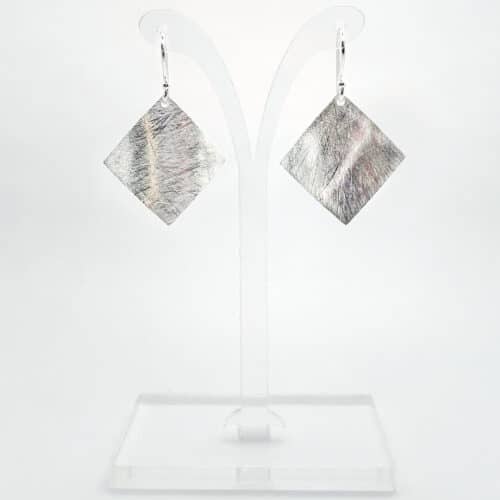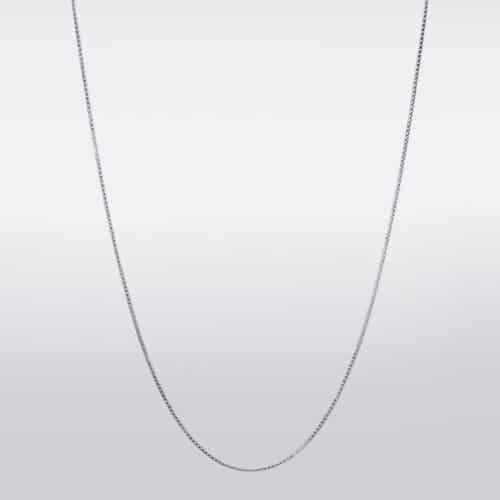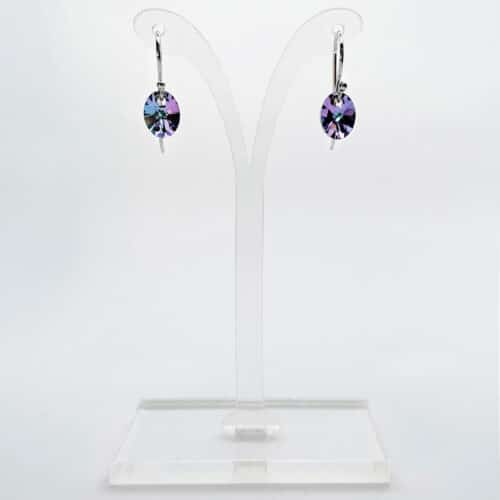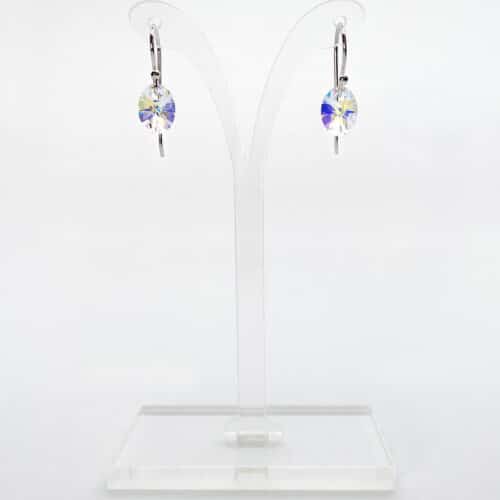ABout Sterling Silver
A perfect choice for jewelry of all kinds – beautiful, shiny, durable, and affordable
Sterling Silver Jewelry
Sterling silver is known for its highly lustrous finish. It is a very versatile material, harder than gold, but still easy to work with due to its malleability.
People love wearing silver for its beautiful, white colour and shine. Silver is the whitest and most reflective of all the metals. In fact, until recently, silver was required to form the reflective surface of mirrors. And unlike white gold, it doesn’t need to be chemically treated to maintain its white colour.
Jewelry with a lower value can be made with silver-plating – a thin coating of silver over another metal, such as copper or nickel. Silver-plate will wear off over time. Sterling silver, however, will not wear off as it is solid sterling silver.
In most circumstances, sterling silver jewelry is an excellent choice for high quality pieces that will look great and last for a good long time, even to be passed on to children and grandchildren.
925 sterling silver
Officially, sterling silver is a piece of silver that is at least 92.5% pure silver. The remaining 7.5% can be any other metal alloy and is most commonly copper. A higher percentage of silver content would make the item too soft – therefore the second alloy ensures stability and resilience.
Sterling silver pieces are usually stamped with “925” (the hallmark) somewhere on the piece in a spot not visible when being worn. This indicates its purity and value.
There are a variety of purities of silver used in industry. Fine silver is 99.9% pure silver and is used for silver bullion and collector coins. Various grades of silver are used in manufacturing components for solar technology, electronics, automobiles, water purification, soldering and other applications. Because of its antibacterial properties, silver also has applications in the medical field.
Chinese Punch Bowl in Sterling Silver c. 1875 from the Huntington Museum of Ar – Photo by Daderot
A History of Sterling Silver
Humans have been creating things with silver for a very long time. Archaeologists have found evidence of silver smithing dating back earlier than 4000 B.C.
Up until 1400 A.D., there were only seven metals that were known to man. These were known as the “seven metals of antiquity” – gold, silver, copper, iron, tin, lead, and mercury.
Unlike gold, copper, and sometimes iron, silver is rarely found in nugget form. It is mostly found when smelting other metals (such as copper), and therefore it has to be discovered and extracted from ore.
Why “Sterling” Silver?
Silver coins, used as currency dating back to the 12th century, were originally named “Easterlings.” The name was eventually shortened to “Sterling.”
In 1300 King Edward I ordered that all silver articles must meet the sterling silver standard (92.5% pure silver). Thereafter, pieces with silver were required to be assayed and stamped with a hallmark to indicate the purity.
Why Does Silver Tarnish?
Sterling silver will tarnish when exposed to certain elements. Sulfur compounds (in the air, water, and/or daily products we use) are usually the cause of tarnish. Silver reacts with sulfur present in various forms in the environment to become silver sulfide (Ag2S), changing your silver at first to appear discoloured, then black.
Simply protecting the sterling silver from the air (when not being worn) will prevent tarnish from occurring. Jewelry boxes are good, but the very best protection from the air is a simple zip-loc baggie.
You may notice that the silver chain you always wear never seems to tarnish. Your skin’s natural oils will help keep your silver from tarnishing by polishing and protecting the metal as you wear it.
While tarnish can be annoying, sterling silver is still easily cleaned and brought back to its original, bright white shine. All you need is a jewelry cleaning cloth or a soft, lint-free / microfibre cloth.
Science is always improving products and new alloys of silver containing the element germanium almost completely prevents tarnishing.
Caring for your Sterling Silver Jewelry
- POLISH your jewelry often using a jewelry cleaning cloth or a soft, lint-free or microfibre cloth. Polishing gently removes any surface dirt that can lead to tarnish forming on your jewelry.
- WEAR your jewelry frequently. Wearing it is one of the best ways to prevent tarnish. The natural oils on your skin protect and shine your jewelry.
- WASH often using a small amount of mild detergent, free of ammonia and phosphates (e.g., dish soap). Rinse and dry well.
- DO NOT use silver dip cleaning solutions. They can damage the silver.
- STORE your silver properly. Exposure to air and humidity causes tarnish to form from oxidation. An air-tight bag (e.g., a zip-lock bag) is the very best storage solution. Small zip-loc baggies can be purchased at craft and beading shops. Use a separate bag for each piece to prevent tangling and scratching.
- AVOID contact between your jewelry and household cleaners as they can damage your silver or lead to tarnish.
-
Sale!

Brushed Silver Diamond-Shaped Drop Earrings
Original price was: $59.00.$29.50Current price is: $29.50. -

Sterling Silver 1mm Half-Round Box Link Chain
Price range: $16.00 through $24.00 -
Sale!

Purple-Blue Crystal Drop Earrings
Original price was: $39.00.$19.50Current price is: $19.50. -
Sale!

White Iridescent Crystal Drop Earrings
Original price was: $39.00.$19.50Current price is: $19.50.

